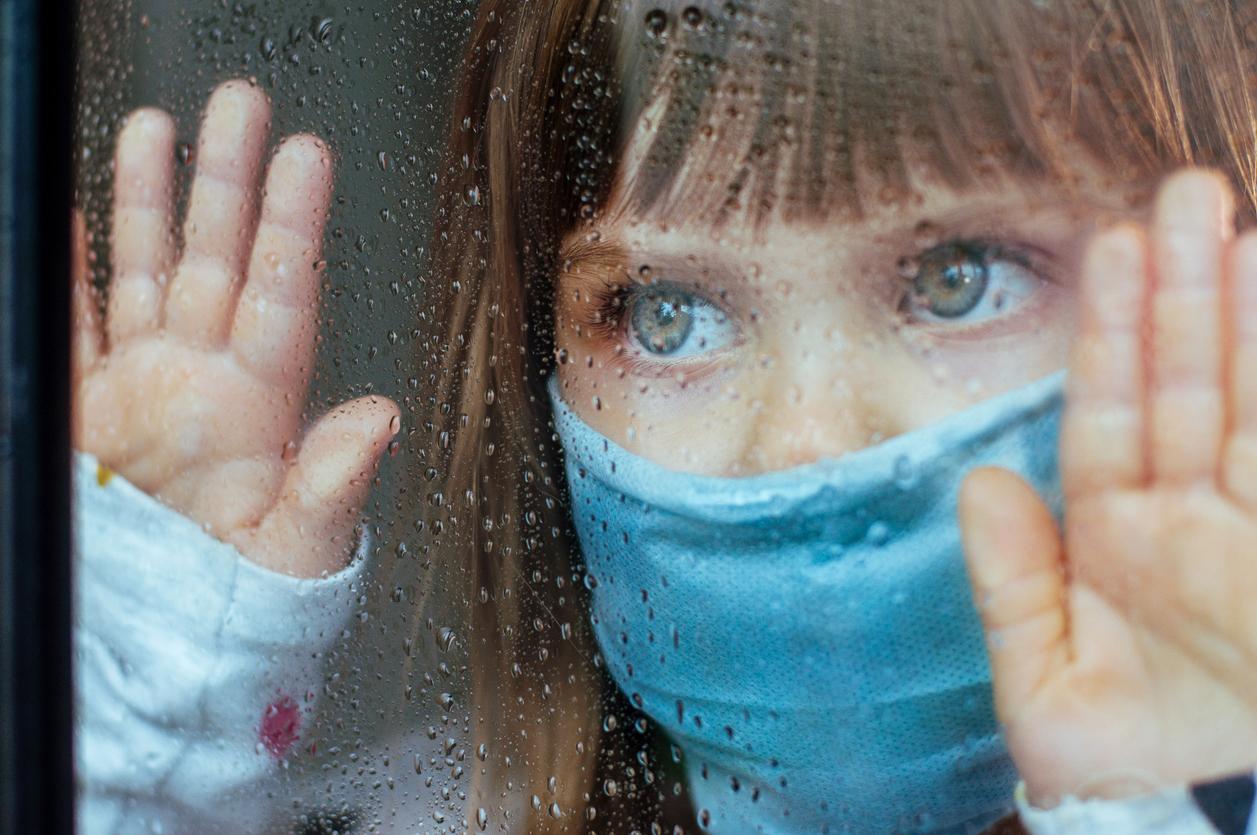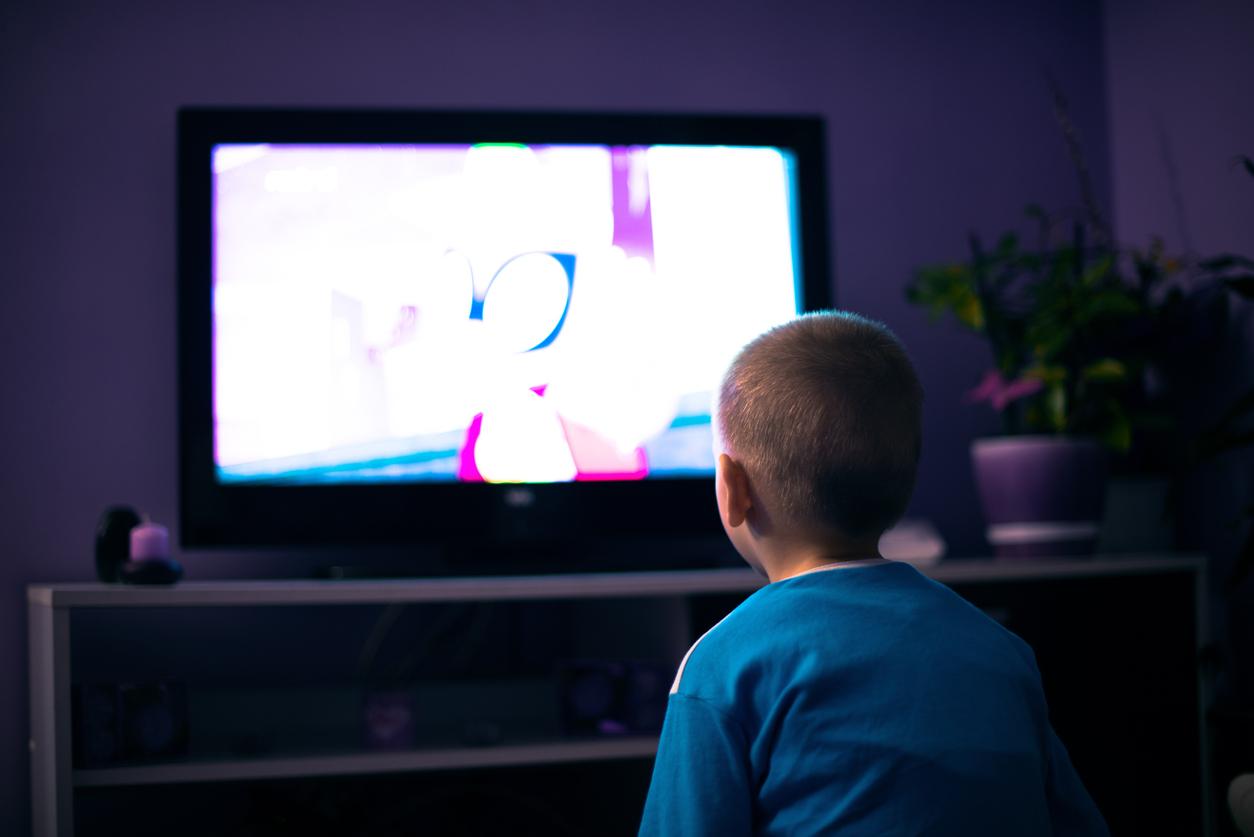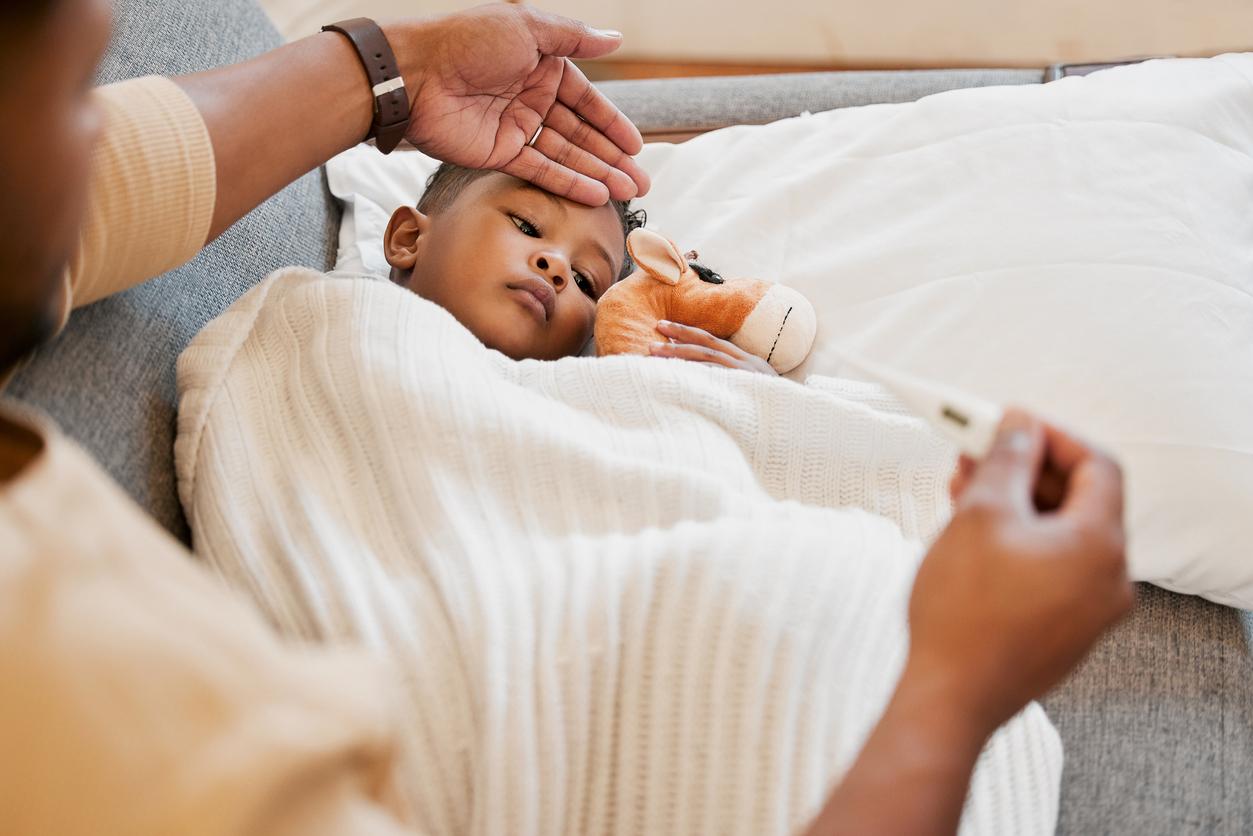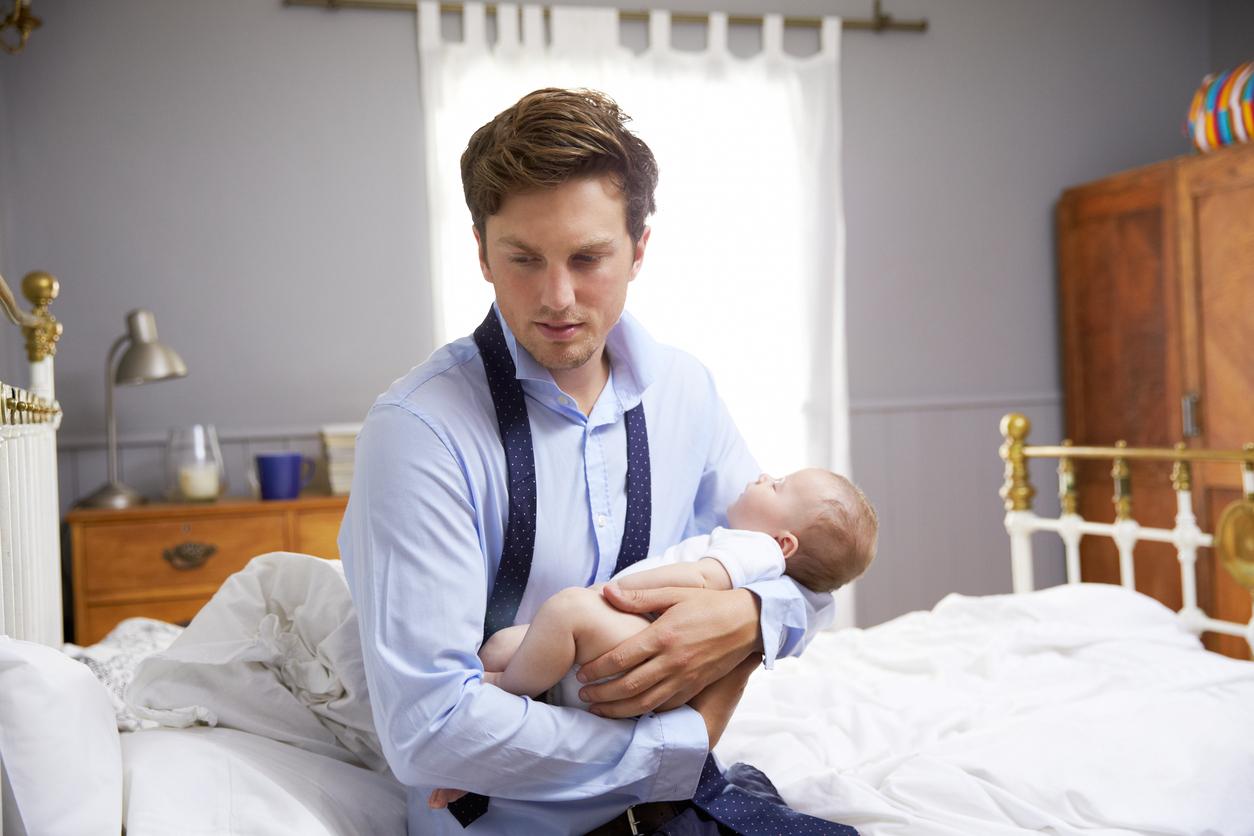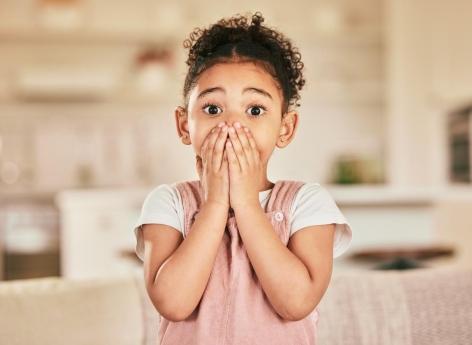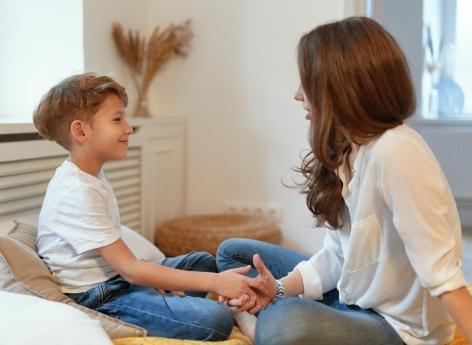Particular combinations of bacteria found in day care centers have been linked to wheezing in young children.
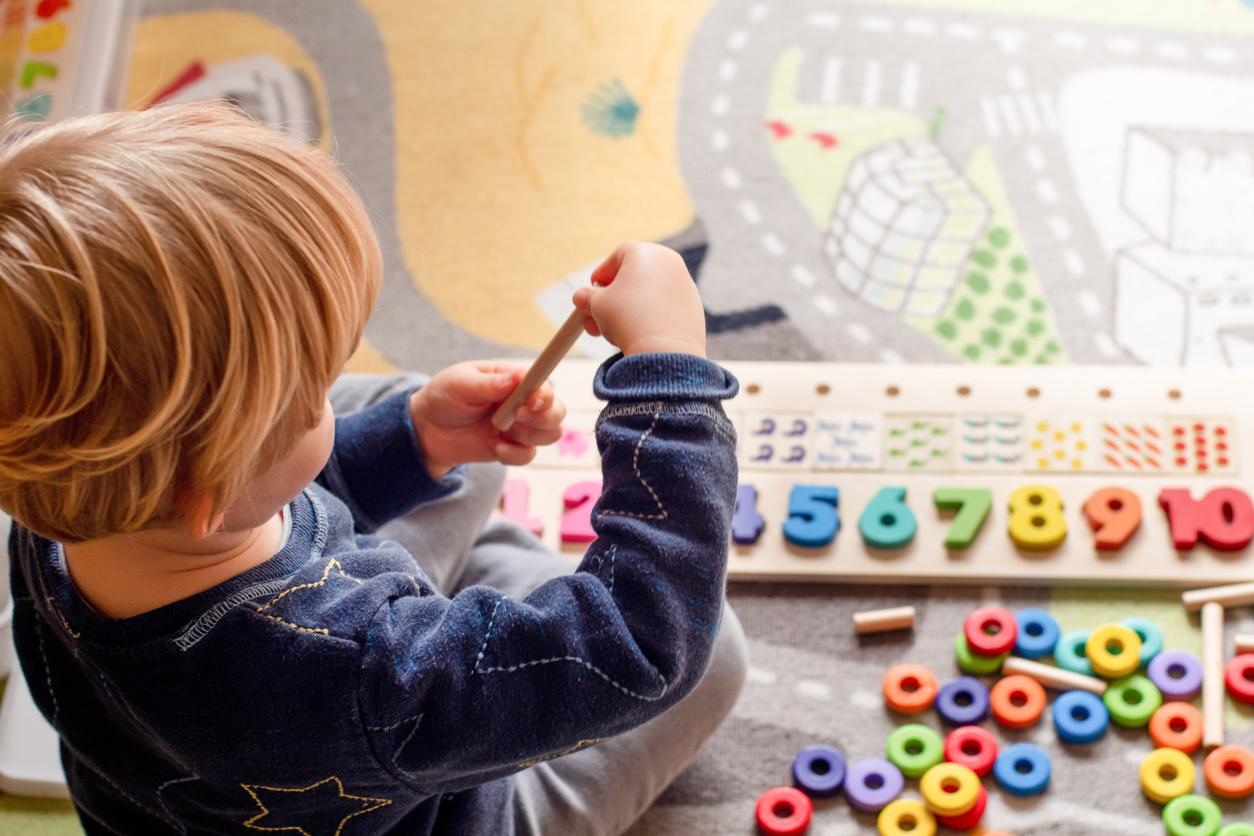
- Two different bacteria, called Streptococcus and Lactococcus, were identified in dust samples collected from 103 Parisian daycare centers.
- Young children come into contact with these microorganisms present in daycare centers “through their skin, mouth and the air they breathe.”
- The detected germs were associated with an increased risk of wheezing in toddlers.
Live-in nanny, approved childminder, au pair… There are several solutions for childcare. Among them, we also find the crèche where toddlers are received and looked after during the day when their parents are working. This means they can spend many hours at daycare each week. These establishments have long been considered a safe environment for young children, but a recent study suggests that this may not always be the case, at least when it comes to toddler respiratory health.
Nurseries: the two bacteria Streptococcus and Lactococcus have been detected
The work, presented at the international congress of the European Society of Pneumology in Milian, was carried out by researchers from Inserm. They collected dust samples in 103 daycare centers in the Paris region. In detail, the scientists used specialized vacuum cleaners to collect dust from different areas of the nurseries, such as play areas, dormitories and the canteen. Then, they used laboratory genetic analysis to identify the different types of bacteria found in each sample. At the same time, the team also questioned the parents of 515 children attending daycare centers to find out whether they had respiratory symptoms, such as wheezing.
Using this analysis, the researchers grouped the microbiota mixtures from daycare centers into four main categories. They discovered the presence of two different bacteria called Streptococcus and Lactococcus. “Young children come into contact with bacteria present in daycare centers through their skin, mouth and the air they breathe. This exposure can therefore be expected to have an impact on the development of the child’s lungs. “child through the different microbiota that appear in the child’s respiratory tract, intestine or skin”, explained Dr. Annabelle Bédard, author of the study.

Asthma: “in children, wheezing is considered an early sign”
According to the results, the two bacteria identified in the dust samples were associated with an increased risk of wheezing. “In children under three years of age, wheezing is considered an early sign of asthma. Our research suggests that there are differences in the risk of recurrent wheezing depending on the mixtures of bacteria present in the environment. guard. We now need to understand what factors influence this bacterial community, for example how rooms are cleaned and ventilated or the quality of indoor air. This, along with future results from other research, could help to understand how improve conditions and inform public health strategies to prevent chronic respiratory diseases, such as asthma in children”concluded the Inserm researcher.








